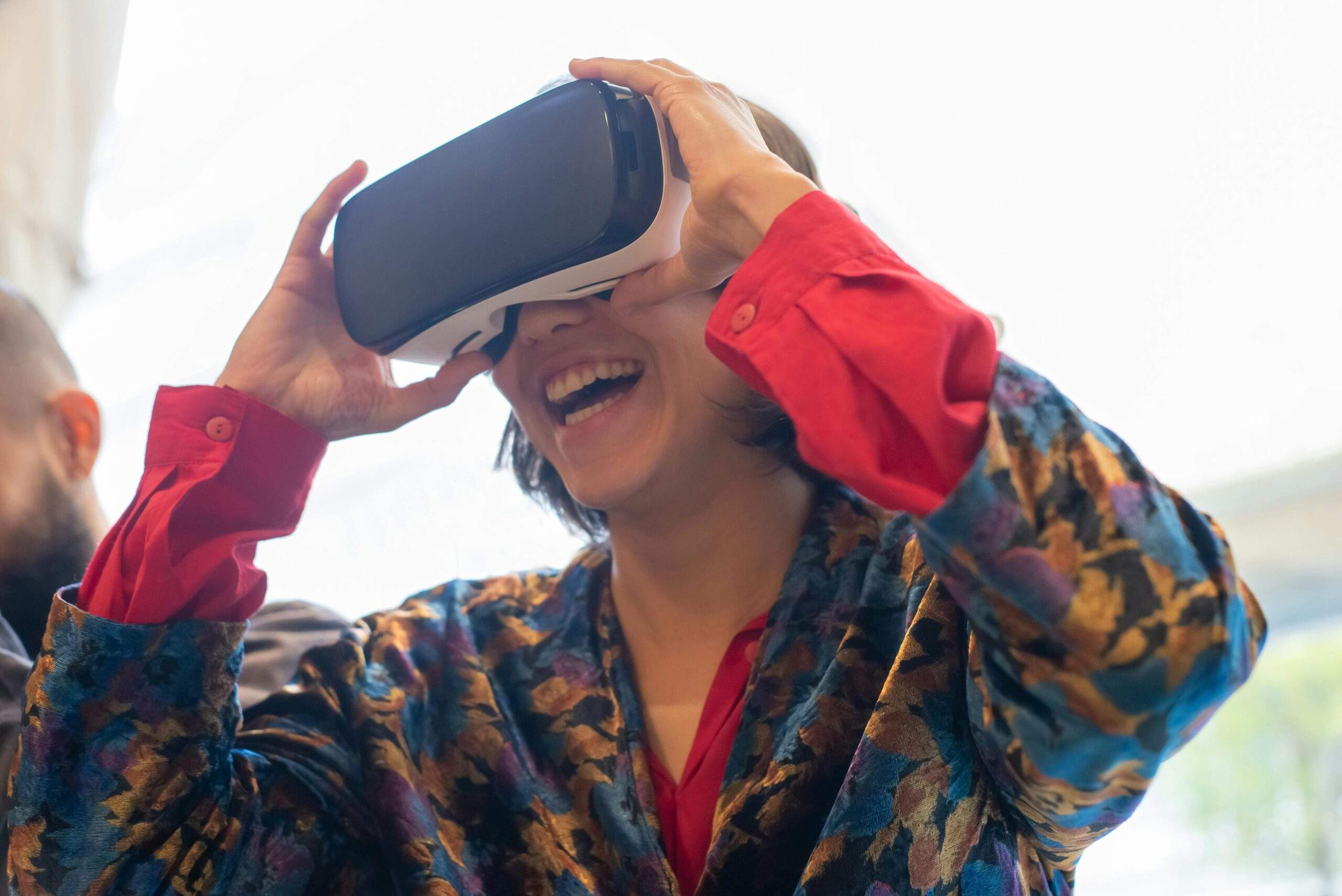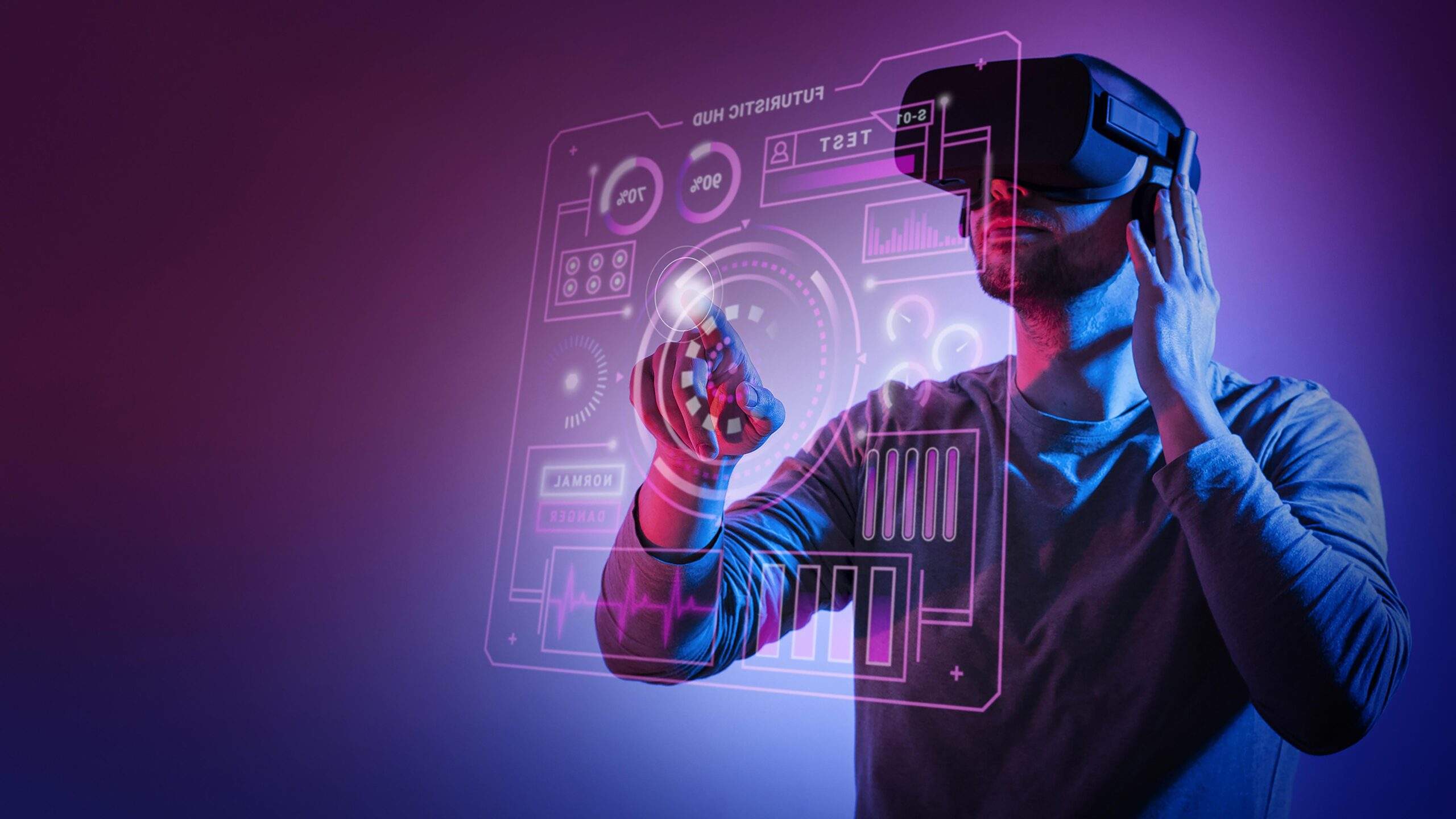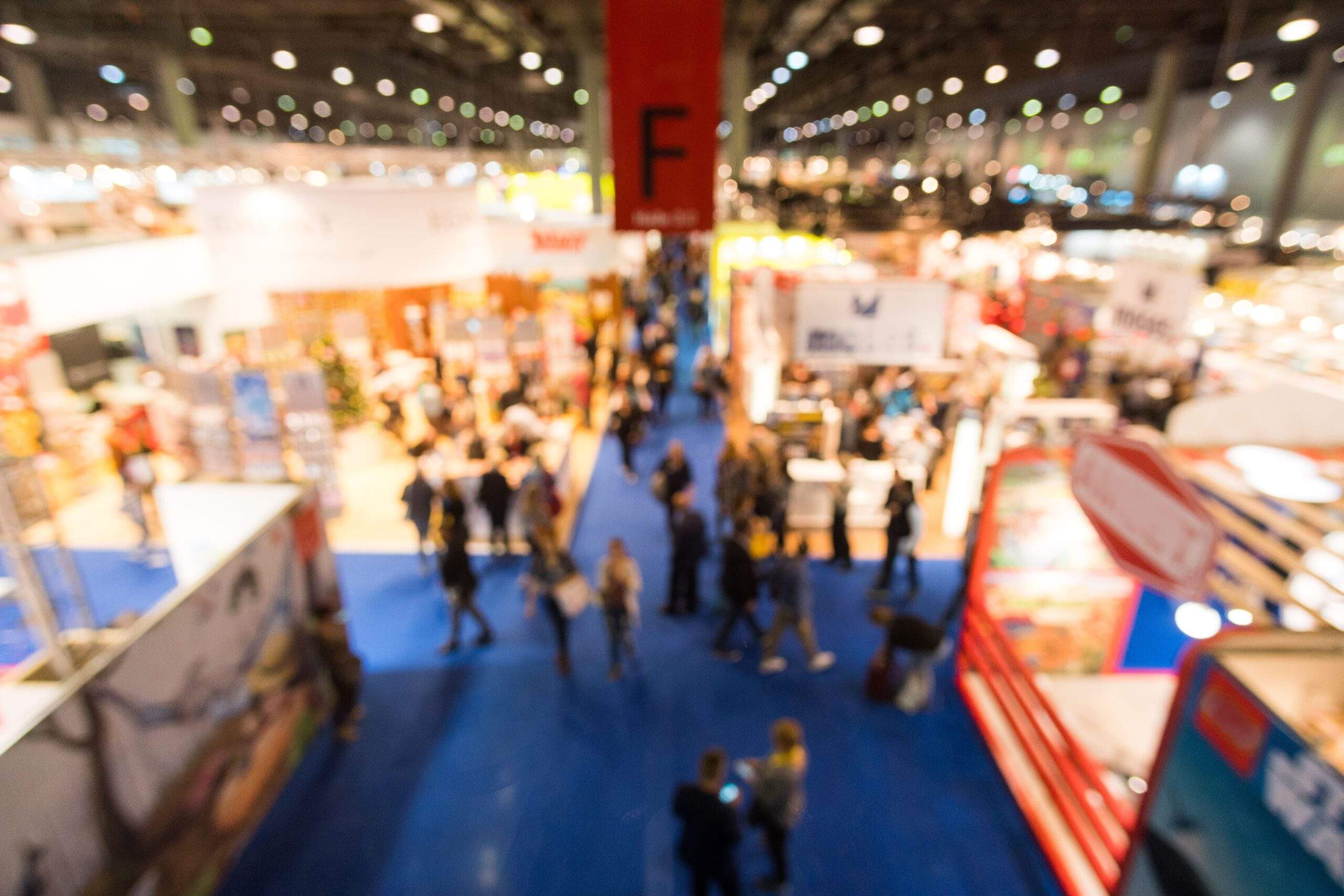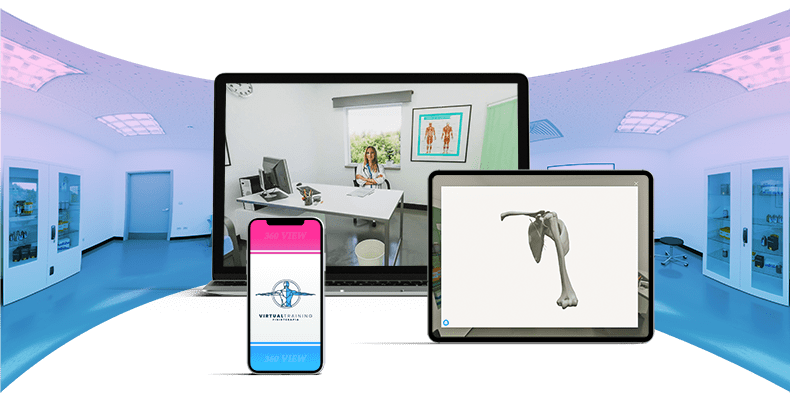Augmented Reality (AR) and Virtual Reality (VR) are two technologies that are having and will continue to have a major impact on the fashion industry, always at the forefront of technology and constantly evolving.
AR allows users to see digital information overlaid on the real world, view product information and virtually try on clothes without physically going to the shop. VR, on the other hand, completely immerses users in a digital world.
This technology has the potential to change the way events such as fashion shows are experienced. For example, instead of sitting in the front row at a fashion show, VR could allow users to feel like they are walking down the catwalk or even have a 360° view from every angle of all the looks.
In 2020, the economic return of the fashion market was about USD 1.46 trillion, a value that will increase to about USD 2.25 trillion by 2025, according to the Consumer Market Outlook.
BENEFITS OF USING AR AND VR IN FASHION
There are several motivations for both consumers and fashion professionals to use AR and VR technologies in their businesses.
- To provide the customer with an immersive, more engaging and personal experience: Augmented Reality allows consumers to try on clothes without ever leaving the house, see how a dress model fits their style, build and even hair colour, before buying it.
- Increase profits and reduce returns
- Distinguish the brand from the competition
- Increase customer trust in the brand
- Collect more data on users, useful for analysis
AR AND VR APPLICATION EXAMPLES IN FASHION
360° VIRTUAL SHOWROOMS
Through these technologies, it is possible to create virtual and immersive spaces, virtual showrooms or catwalks, using 3D design software, to create a unique experience for consumers, but also for companies to personalise the purchasing phase. Customers can see the latest collections, observe new styles and trends without travelling to a physical location.
The use of 360° videos is an innovative and intelligent way to market your products, and since AR can also be used on mobile devices, these showrooms could be accessible to anyone with a smartphone or tablet.
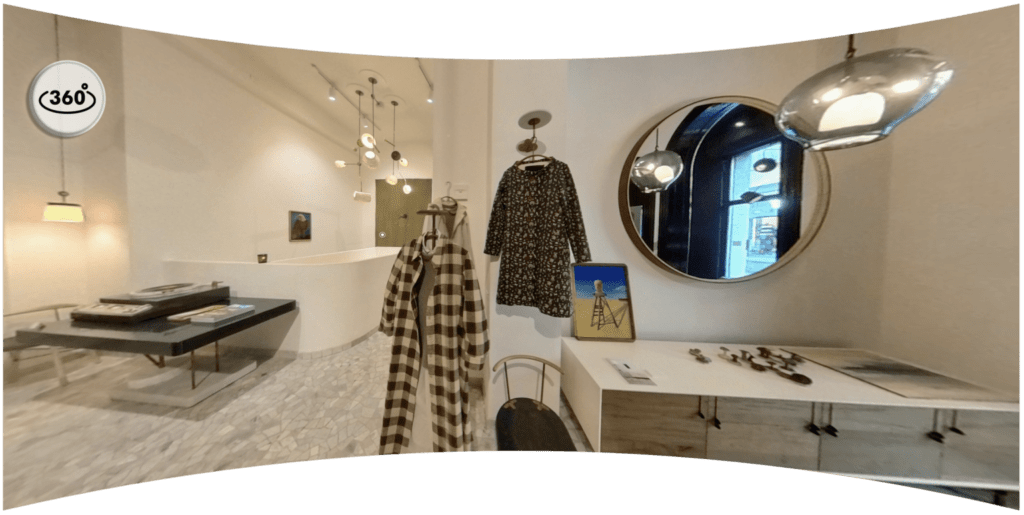
https://www.armarket.it/en/virtual-space/
These types of events, therefore, create a high level of customer involvement, arousing in them emotions they have never felt before, and create an association with the brand as they allow guests to experience the event up close and comfortable from home.
VIRTUAL TRY-ON
It will be possible to virtually test a product before physically trying it on, thanks to an Augmented Reality app to be viewed through the camera of one’s device.
Through AR and 3D technologies, people can use their phone or tablet to see the clothes fit their body and move according to their movements, then try the clothes on virtually to see how well they fit them.
INTERACTIVE SCREENS
Thanks to this technology, brands can effectively show their creations to customers without the need for physical displays.
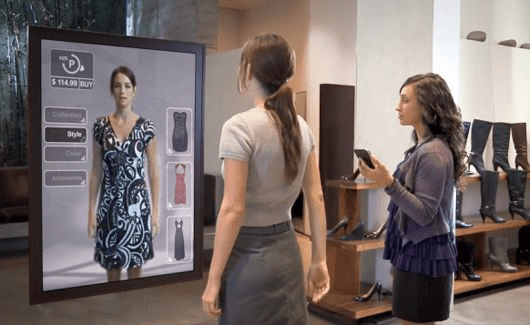
Used mainly in physical shops, digital displays allow users to touch the interactive touch screen table to see a virtual image of their body projected and the clothes they choose, with their details, to virtually observe and try on how they would fit their physiognomy.
PRODUCT PLACEMENT
These technologies make it possible to show the virtual positioning of products in any environment using their own device.
SOCIAL MEDIA FILTERS
Social media filters create a memorable experience for users, perfect for increasing brand recognition and enhancing customer loyalty.
IN-STORE NAVIGATION
In-store navigation reduces confusion, uncertainty and the amount of time people spend in the shop, while at the same time making the shopping experience more accurate for increased purchases.
CONCLUSIONS
There is no doubt that AR and VR are having and will continue to have a great impact on the fashion industry in the years to come. Remaining at the forefront, fashion brands and retailers can use these new digital design tools and technologies to create unique and immersive customer experiences to stay one step ahead of the competition.
At AR Market, we have wide experience in realising AR and VR implementation plans for companies in different sectors.
Contact us and we will set up a consultation to listen to your ideas and goals, and work out the best possible solution for your company!

